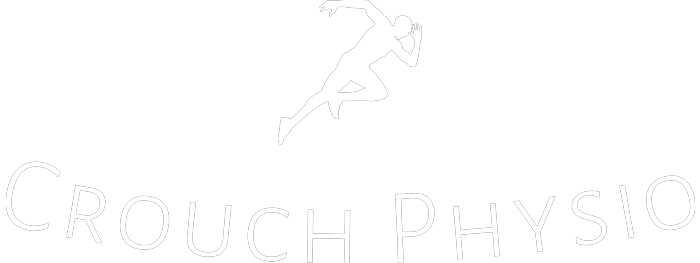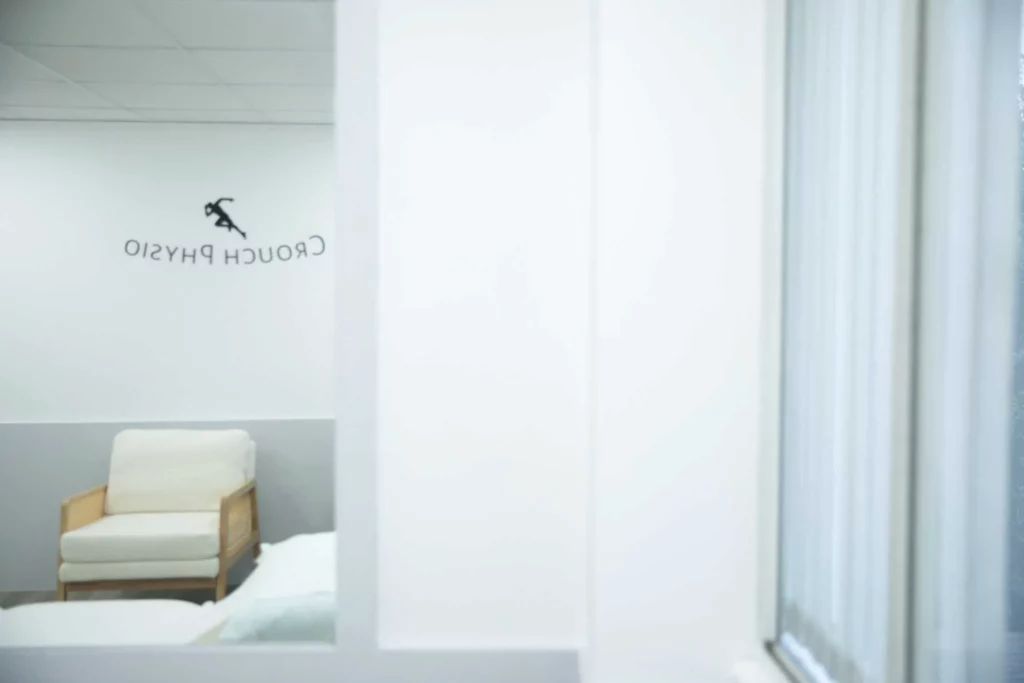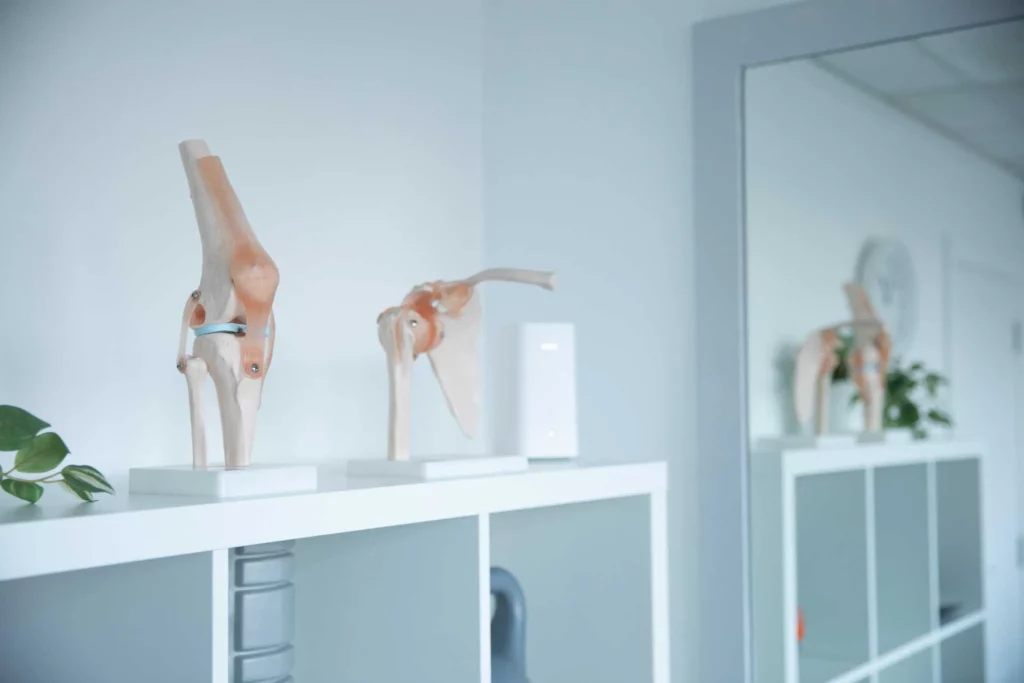Dealing with ankle osteoarthritis can be a literal pain in the foot. As a physiotherapist, I’ve seen firsthand the challenges my clients face. But with the right approach, you can manage your symptoms and maintain your mobility. Here are some dos and don’ts to keep in mind, backed by academic research to give you the confidence that these tips are grounded in science.
Do: Keep Moving
1. Engage in Low-Impact Exercises
Keeping active is crucial, but high-impact activities can exacerbate your symptoms. Opt for low-impact exercises like swimming, cycling, and walking on even surfaces. These activities can help maintain joint function without putting too much stress on your ankles.
2. Strengthen Your Muscles
Strong muscles around the ankle can provide better support and reduce the load on the joint itself. Focus on exercises that strengthen your calf muscles, shins, and the muscles around your feet. Resistance training and specific physiotherapy exercises can be highly beneficial.
Don’t: Overdo It
3. Avoid High-Impact
Sports High-impact sports like running, basketball, or tennis can worsen ankle osteoarthritis by increasing joint stress. Stick to activities that are gentler on your joints.
4. Don’t Ignore Pain
Pain is your body’s way of telling you something is wrong. If an activity causes pain, stop and consult with a physiotherapist. Pushing through pain can lead to further damage and longer recovery times.
Do: Take Care of Your Feet
5. Wear Proper Footwear
Supportive shoes can make a big difference in managing ankle osteoarthritis. Look for shoes with good arch support, cushioning, and a wide toe box. Avoid high heels and flip-flops, which can exacerbate symptoms.
6. Use Orthotic Inserts
Orthotic inserts can provide additional support and help distribute pressure more evenly across your foot. Custom orthotics, prescribed by a healthcare professional, are often the best option for those with significant symptoms.
Don’t: Neglect Your Weight
7. Manage Your Weight
Extra weight puts additional stress on your joints, including your ankles. Maintaining a healthy weight can reduce this stress and help alleviate symptoms. Even small weight losses can make a significant difference.
8. Avoid Crash Diets
While managing your weight is important, avoid crash diets. These can lead to muscle loss and weakened support for your joints. Focus on a balanced diet with adequate protein to support muscle health.
Do: Use Pain Management Techniques
9. Apply Ice and Heat
Ice can help reduce inflammation and numb pain, especially after activity. Heat can help relax and loosen tissues and stimulate blood flow to the area. Use these therapies as needed, but not for more than 20 minutes at a time.
10. Consider Physiotherapy Modalities
Modalities such as ultrasound, electrical stimulation, and manual therapy techniques provided by a physiotherapist can help manage pain and improve function.
Don’t: Skip Professional Help
11. Consult with a Physiotherapist
A physiotherapist can design a personalised exercise programme, provide manual therapy, and teach you how to use assistive devices if necessary. Regular sessions can help you manage symptoms and improve your quality of life.
12. Avoid Self-Diagnosis
Ankle pain can result from various issues. Self-diagnosis and treatment can sometimes do more harm than good. Always seek a professional diagnosis to ensure you’re addressing the right problem.
Conclusion
Managing ankle osteoarthritis involves a balance of activity, rest, and proper care. By following these dos and don’ts, you can better navigate your symptoms and maintain your mobility. Remember, every case is unique, so consult with a physiotherapist for a personalised approach. Stay active, stay informed, and take care of those ankles!
Our Barnet, Cockfosters & Enfield Physio’s have tons of experience and are specialists in dealing with all ankle issues. Have confidence that our specialist Physiotherapists will closely assess, diagnose & treat you in the correct & evidence-based way for all injuries. You can book an appointment here.
Blog By: Emre Oz (Musculoskeletal Physiotherapist at Crouch Physio).
References
1. Herrera-Pérez, Mario, et al. “Ankle osteoarthritis aetiology.” Journal of clinical medicine 10.19 (2021): 4489.
2. Tejero, Sergio, et al. “Conservative treatment of ankle osteoarthritis.” Journal of Clinical Medicine 10.19 (2021): 4561.
3. Foot, International, et al. “International Foot and Ankle Osteoarthritis Consortium review and research agenda for diagnosis, epidemiology, burden, outcome assessment and treatment.” Osteoarthritis and cartilage 30.7 (2022): 945-955.
4. McCarron, Luke V., et al. “Assessment and management of ankle osteoarthritis in primary care.” bmj 380 (2023).
5. Smith, Michelle D et al. “Protocol for a randomised feasibility trial comparing a combined program of education and exercise versus general advice for ankle osteoarthritis.” Journal of foot and ankle research vol. 16,1 72. 20 Oct. 2023, doi:10.1186/s13047-023-00669-1
6. Lai, Zhangqi et al. “Effects of strength exercise on the knee and ankle proprioception of individuals with knee osteoarthritis.” Research in sports medicine (Print) vol. 26,2 (2018): 138- 146. doi:10.1080/15438627.2018.1431541
7. Khlopas, Hannah et al. “Current Concepts in Osteoarthritis of the Ankle: Review.” Surgical technology international vol. 35 (2019): 280-294.




